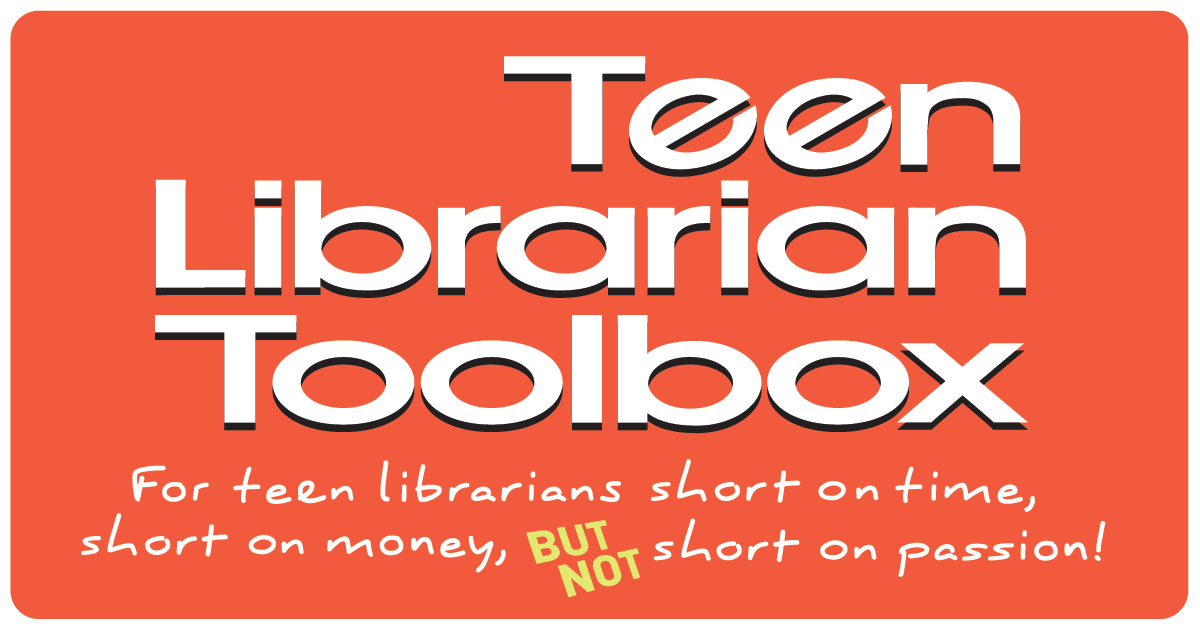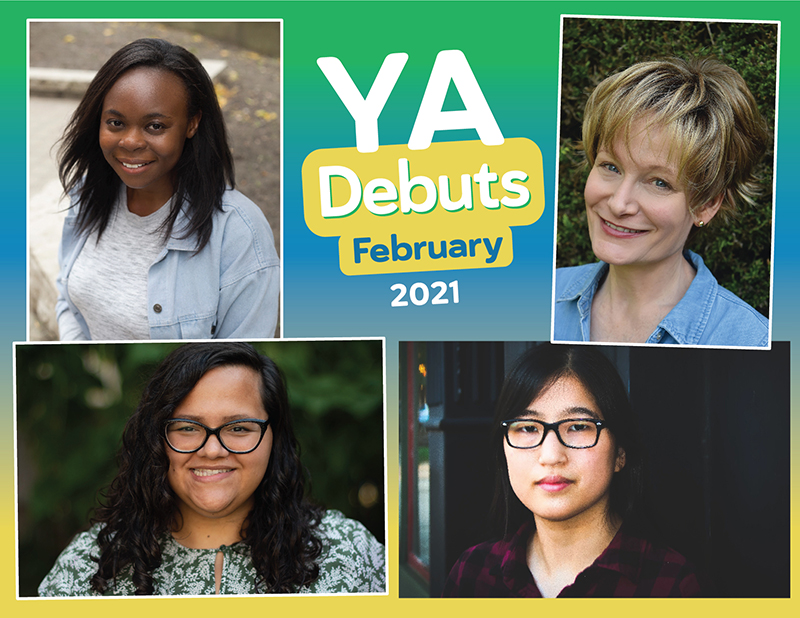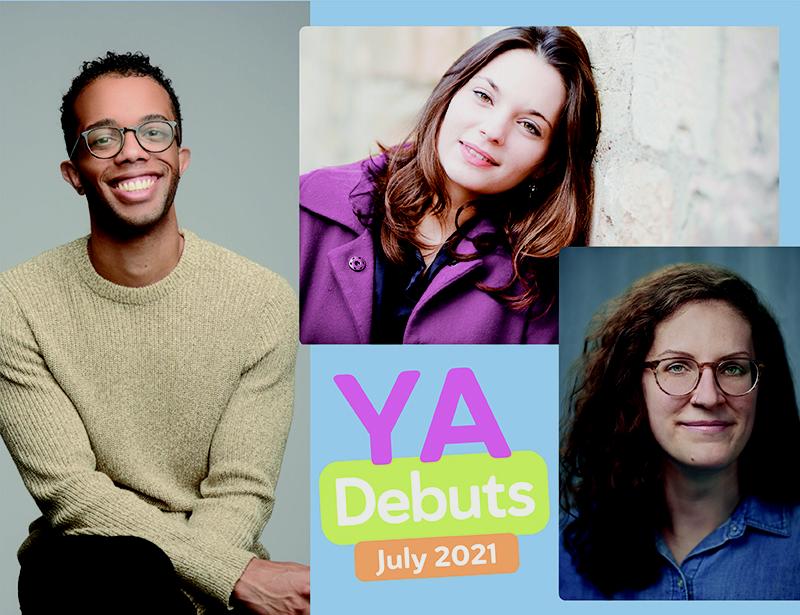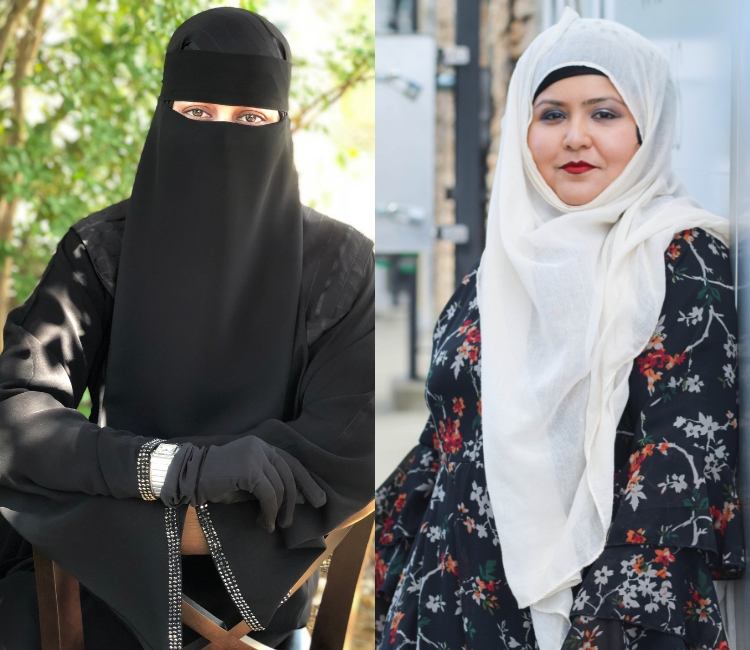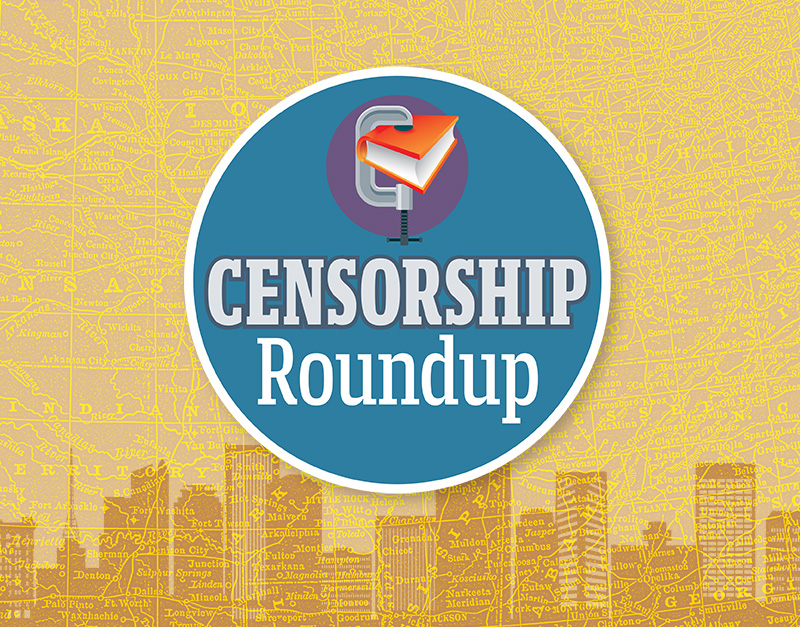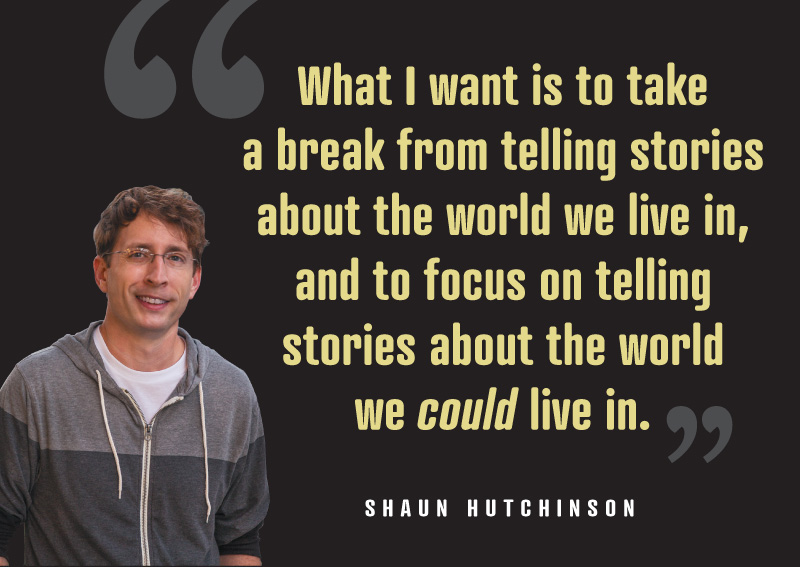Getting Kids “Unstuck” As Writers, a guest post by Barbara Dee
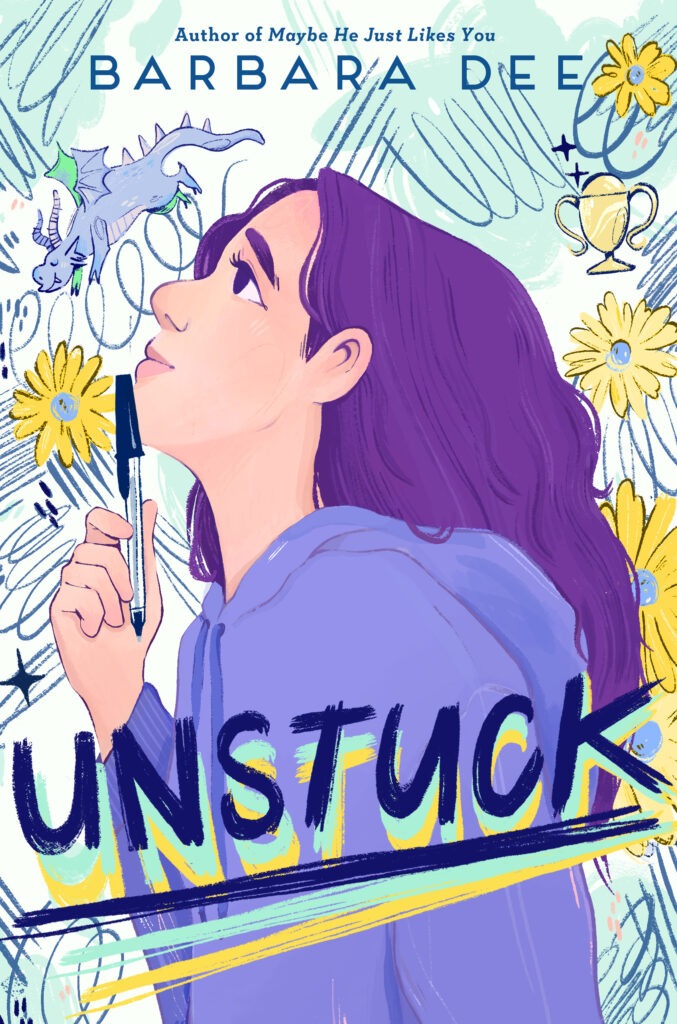
“I thought maybe I should share this with you,” my son’s third grade teacher said as he slid a spiral notebook across the desk. On the cover was my son’s familiar handwriting– Creative Writing Journal—surrounded by doodles of robots, aliens, and other fantasy creatures.
I smiled. My kid has such an active fantasy life, I thought proudly.
But the teacher’s face was serious. “Look at any page,” he urged.
I opened the notebook. Nothing on the first page. Nothing on the second. I flipped to the middle, and to the end.
“It’s blank,” I said. “I don’t understand.”
The teacher told me that it was blank because every time my son started writing a story, he decided it was terrible and ripped the page out of his notebook. This happened only when the class was working in their creative writing journals, not when they did other forms of writing.
ADVERTISEMENT
ADVERTISEMENT
I was shocked. My son was not just a highly imaginative kid, he was also a highly verbal kid. A voracious, precocious reader who was reading books like James and the Giant Peach in kindergarten. So how could he be struggling so much with his own writing? And why was it only a certain type of writing—the kind that was supposed to be creative and fun?
“It’s writer’s block,” the teacher explained. “A type of perfectionism. It’s not uncommon; I see it in kids all the time.”
Writer’s block? I’d always associated that sort of anxiety with grownup writers like Kafka and Hemingway. Or J. K. Rowling, who was so paralyzed by the success of the first Harry Potter book that she stalled out as she worked on Chamber of Secrets. I knew it could happen to visual artists and musicians as well. But this was the first time I heard that a kid—specifically my kid—was susceptible to writer’s block too.
These days, as a middle grade author, I visit a lot of schools. And during presentations, when it’s time for Q/A, I’m always struck by how often kids ask for advice on how to deal with writer’s block. Sometimes I even get a follow-up email from the teacher: That student who asked you about writer’s block? I was so proud of her for raising her hand. She’s been having a hard time with her own writing lately. A highly intelligent kid, a voracious reader…”
In my books I aim to address the things that make middle schoolers anxious because I believe that exposing these topics to daylight helps kids to cope, and also to understand they’re not alone. So as I kept fielding students’ questions about writer’s block, I realized that this was another meaningful subject to explore in a novel. True, it wasn’t a “tough topic” like climate anxiety, addiction, mental health or sexual harassment, all of which I’ve written about before—but it was an important, emotional, real topic, under-explored in middle grade fiction. And what made it especially compelling to me was that it happened to my own kid, as well as to some of my own readers. Especially to certain readers: the ones we call “voracious.”
So I wrote UNSTUCK about a seventh grader named Lyla who’s a voracious reader of fantasy fiction. When her ELA teacher, Ms. Bowman, announces that class time over the next few weeks will be devoted to creative writing, Lyla is thrilled. Since sixth grade she’d been “writing” a complex fantasy story in her head, and here is her chance to get it on paper!
But Lyla is quickly overwhelmed by the amount of world-building she feels compelled to do to make her story worthy of the genre. How do you describe all the many characters and their backstories so that their motivations and conflicts are apparent? How do you delineate the complicated geography– including the dangerous, witch-infested Quagmire, which her protagonist needs to cross to get to another kingdom? How and when do you add a battle scene so that the reader is immediately captivated, but also understands exactly what’s at stake? To Lyla it feels like every detail is essential, and needs to be established in Chapter One.
Once Lyla finally settles on a “perfect” first sentence that “plops you right into the action,” she struggles with coming up with a second sentence that isn’t “draggy or obvious or off-topic or describe-y.” Various stresses in her life (including friendship and sibling issues) contribute to getting Lyla’s writing “stuck,” but one source of stress is her own high standards, developed by long exposure to fantasy novels. As she writes during a “free writing” session:
Also I keep thinking about all the books I love like The Lightning Thief and The City of Ember and The Girl Who Drank the Moon and compared to those, everything I write feels boring and babyish. And obviously I’m in seventh grade so it’s not like I’m competing with all those published authors!!! But my dream job is to be a writer one day, so it’s EXTREMELY IMPORTANT to—
“Voracious reading” is essential to writing. In fact, when kids ask me for writing advice, the first thing I tell them is: Read. Read everything. You can’t be a writer unless you’re a reader.
And yet. I’m no literacy expert, but I suspect that a habit of “voracious reading” can get certain kids “stuck” as writers. Even when, like Lyla, they understand that they’re just kids, and that no one expects them to produce The Lord of the Rings, they may still pressure themselves to produce a hefty tome. Or two. Or three. Seriously, I can’t count the number of times kids have approached me with a “stuck” manuscript which they (like Lyla) intend to turn into a series.
When this happens, it’s up to creative, resourceful teachers like Ms. Bowman to help kids learn to pause, breathe, stop self-editing and self-criticizing–to embrace the influence of authors they love without feeling the need to compete with them, or to measure up. And as Ms. Bowman tells Lyla, the goal is not to impress anyone, or to win a trophy, but simply to enjoy the process of writing: “That’s the prize you give yourself, and it’s the only one that matters.”
In UNSTUCK Ms. Bowman suggests various strategies for overcoming writer’s block. My hope is that kids will try some of these strategies the next time they’re “stuck” in their writing. And just as important, I hope they feel inspired to develop their own voices, which don’t need to be perfect to be clear and strong.
Meet the author
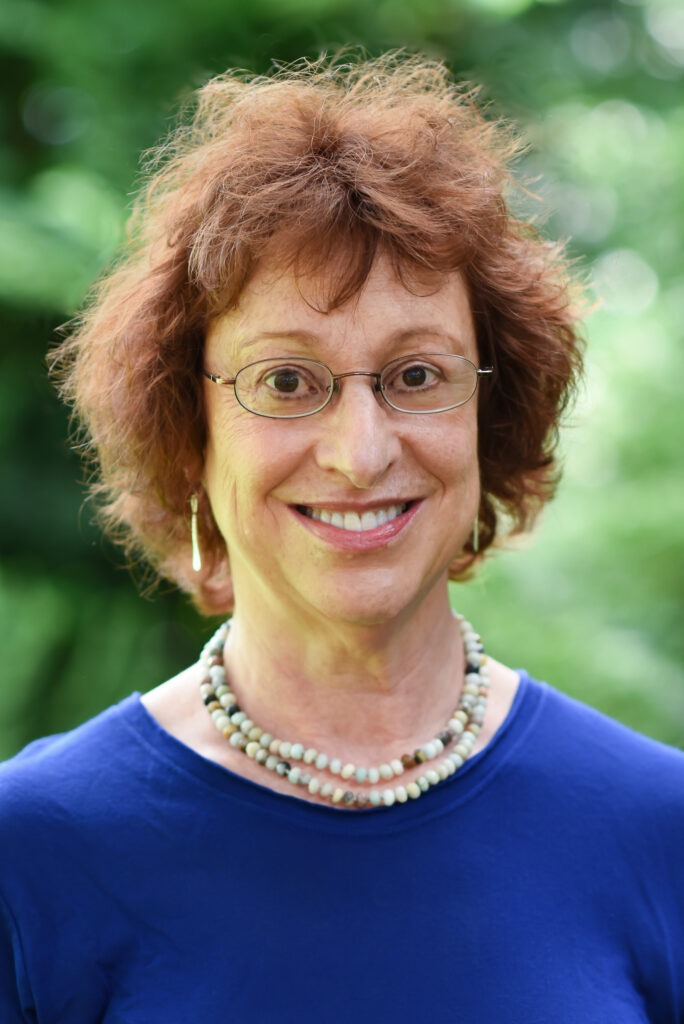
Barbara Dee is the award-winning author of fourteen middle grade novels, all published by Simon & Schuster. Her books have earned several starred reviews and have been named to many best-of lists, including The Washington Post’s Best Children’s Books, ALA Notable Children’s Books, ALA Rise: A Feminist Book Project List, School Library Journal’s Best Middle Grade Books, and the ALA Rainbow List Top Ten. Her books appear on numerous state awards lists as well.
Barbara graduated magna cum laude from Yale with honors in English. She has a MA degree from Middlebury College’s Bread Loaf School of English and a JD degree from the University of Chicago Law School, where she was an associate editor of the law review. She has taught high school English and has practiced law. Barbara is one of the founders and a former board member of the Chappaqua Children’s Book Festival, now the largest children’s book festival in the country.
Website and Social Links
Website: https://barbaradeebooks.com/
Instagram: @barbaradeebooks
Twitter: @Barbaradee2
Threads: @barbaradeebooks
About Unstuck
ADVERTISEMENT
ADVERTISEMENT
From critically acclaimed author Barbara Dee comes a middle grade novel about a girl whose struggles with anxiety and writer’s block set off unexpected twists and turns, both on and off the page.
Lyla is thrilled when her seventh-grade English language arts class begins a daily creative writing project. For the past year, she’s been writing a brilliant fantasy novel in her head, and here’s her chance to get it on paper! The plot to Lyla’s novel is super complicated, with battle scenes and witches and a mysterious one-toed-beast, but at its core, it’s about an overlooked girl who has to rescue her beautiful, highly accomplished older sister.
But writing a fantasy novel turns out to be harder than simply imagining one, and pretty soon Lyla finds herself stuck, experiencing a panic she realizes is writer’s block. Part of the problem is that she’s trying to impress certain people—like Rania, her best friend who’s pulling away, and Ms. Bowman, the coolest teacher at school. Plus, there’s the pressure of meeting the deadline for the town writing contest. A few years ago, Lyla’s superstar teen sister Dahlia came in second, and this time, Lyla is determined to win first prize.
Finally, Lyla confides about her writing problems to Dahlia, who is dealing with her own academic stress as she applies to college. That’s when she learns Dahlia’s secret, which is causing a very different type of writer’s block. Can Lyla rescue a surprisingly vulnerable big sister, both on the page and in real life?
ISBN-13: 9781534489868
Publisher: Aladdin
Publication date: 02/27/2024
Age Range: 9 – 13 Years
Filed under: Guest Post
About Amanda MacGregor
Amanda MacGregor works in an elementary library, loves dogs, and can be found on Twitter @CiteSomething.
ADVERTISEMENT
ADVERTISEMENT
SLJ Blog Network
Name That LEGO Book Cover! (#53)
Review of the Day: Being Home by Traci Sorell, ill. Michaela Goade
Exclusive: Vol. 2 of The Weirn Books Is Coming in October | News
Fighting Public School Book Bans with the Civil Rights Act
ADVERTISEMENT

